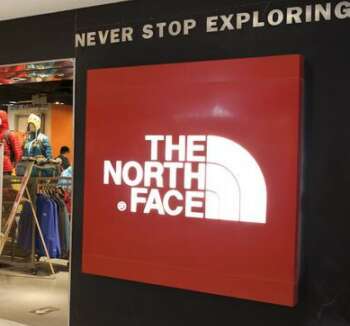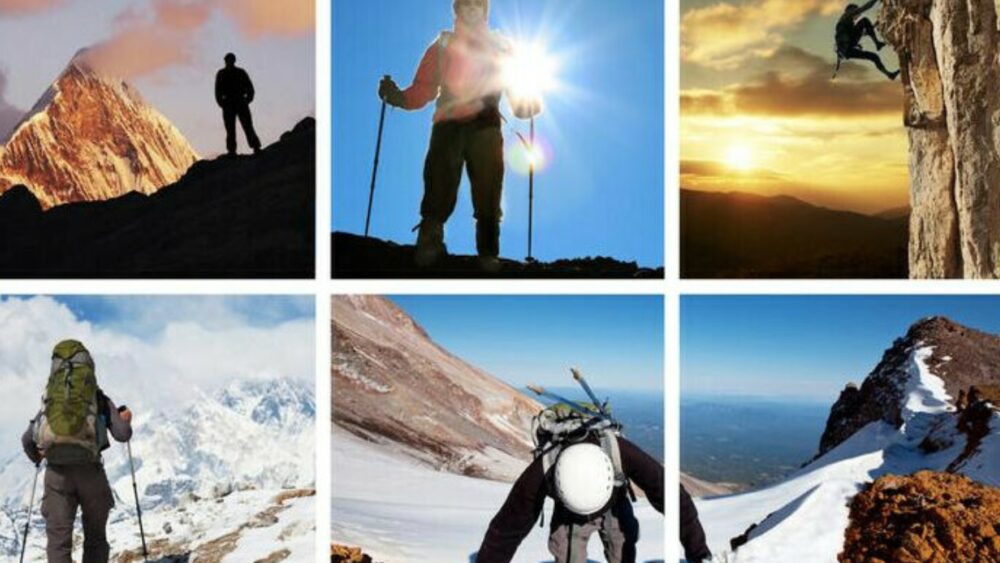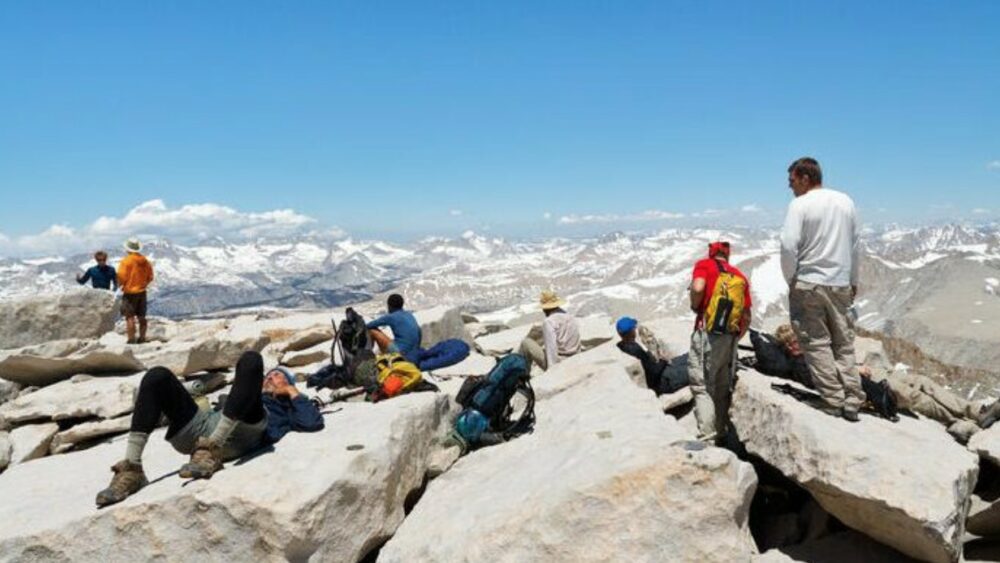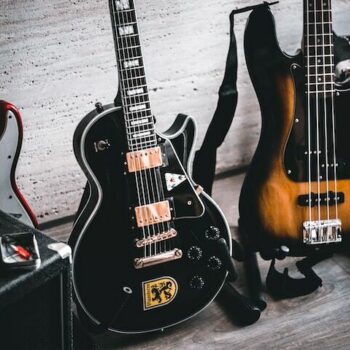San Francisco. A city known for water sports, Full House, and artful expression. A city constructed on a peninsula with the Pacific on one side, the Bay on the other. Snowfall is nonexistent here—the sun is too bright, the weather foggy and windy, but rarely below freezing. And yet just a few hours away lies the Sierra Nevada, a 400-mile north-to-south mountain range that boasts 13 fourteeners, including Mount Whitney—the highest point in the contiguous United States.
The range attracts climbers from near and far, ones looking for height and a challenge. Ones who when they’ve conquered the peaks can take a well-deserved break at the beach.
Everyone in Chicago has a North Face jacket.
It’s this culture of climbing and exploring and daring to face the elements that must have compelled Douglas Tompkins to open a small camping and backpacking store in the 1960s. His vision was to offer the very best European equipment. The toughest gear, the warmest apparel.
A specialty cold-weather store in the middle of sunny San Francisco was a gamble, but Tompkins knew that those serious about mountain sports would rather go to one place for the best gear than shop around for deals. And why not stop at his store on your way to conquering your next Sierra Nevada peak? Why not make San Francisco part of the trip?
His gamble paid off, and the store was a success. Shortly after opening, he added another location in the Berkeley area, where he began testing and developing his own products. He wanted to offer even better gear than the premier items already in his inventory; he wanted to improve the sport of mountaineering in a big way.
A mere two years later, Tompkins sold his business for approximately $50,000 ($350,000 in today’s terms).
He went on to launch the brand currently known as Esprit—becoming a multimillionaire in his own right—but as for Tompkins’ earlier startup? The new owner, Kenneth “Hap” Klopp, bought not only Tompkins’ store but also a few others. He had a vision that was much greater than a small specialty retail store.
There were three things, however, that Klopp didn’t change about Tompkins’ vision and direction: the focus on outdoor mountain sports, the push for proprietary materials and products, and, lastly, the name.
And so the North Face lived on.





